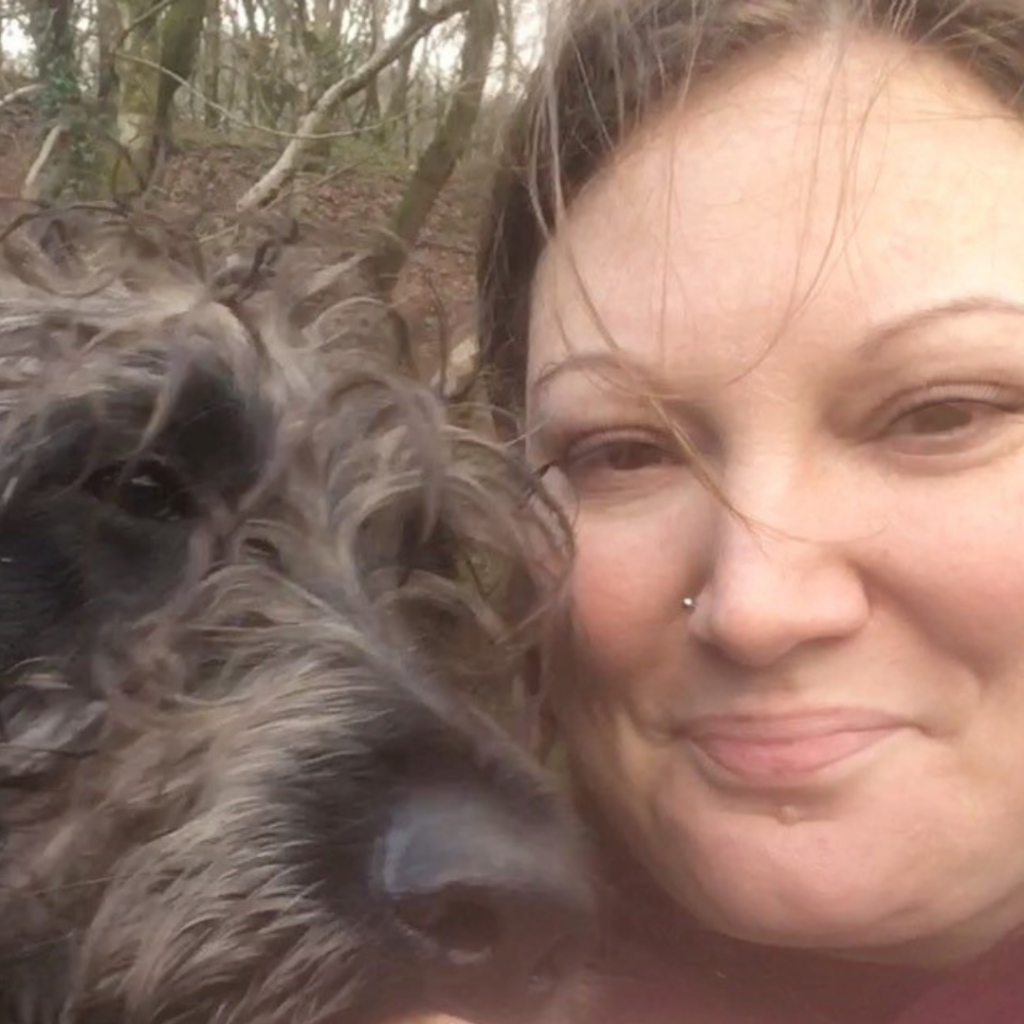Tip Seven From the Expert: Use your attention positively
From the series 10 Tips on How to Form a Lifelong Bond with your Dog
There is such a strong bond between our dogs and us, which means they really value our attention.
Attention comes in different forms. Physical contact is the most obvious, but your voice and eye contact are also very important to them. As your dog develops and you come to understand each other he or she will pay very close attention to your body language and learn – in minute detail – whether your expressions and actions predict good things or bad things. Don’t forget they’ve been doing this for many thousands of years, so they’re really good at it!
Dogs also learn to value what you value. For example, I love reading so much that my dog Reya quickly learned:
“Well books must be fun because Mum spends so much time looking at them.”
and then proceeds to steal them, ripping them up into tiny pieces!
So a great tip is to understand just how powerful your attention is and to use it wisely. A good example is in this day and age when our dog’s undesirable behaviour is often funny fodder for social media… by laughing and pointing a camera at them you’re giving a very clear message that you’re pleased.
As we know, dogs readily make associations between things so if, like me, you’re prone to whispering sweet nothings as you go about your day, pay attention to what your dog is doing before you fuss him and think about whether it’s something you want to encourage.

For example, if you’re desperate for a cuddle, waiting until your dog is lying down and chilling out is much better than when he’s at the window barking at the postman. I’m not suggesting your dog gets less attention, just that you think about the timing of that attention. Ignoring unwanted behaviours and reinforcing relaxed behaviours in this way creates a very strong partnership because your attention and reactions are predictable and consistent, so your dog can relax. It’s also very good for dogs who are generally quite anxious.
Many of the tips I’ve offered are really simple to do with a bit of practice but believe me this one is hard! It does become second nature eventually though and you can avert so many problems by paying attention to what you’re inadvertently reinforcing.
Tip Eight published next Friday covers dealing with challenging and rebellious behaviour during teenage years.

Rachel Leather – Animal Behaviourist
For the last 12 years, Rachel has been helping others understand and manage the behaviour of dogs, cats and horses. After studying Psychology at Cardiff University, she went on to complete her Masters degree in animal behaviour at the University of Exeter. Rachel then ran a degree programme in Applied Animal Behaviour, teaching others the knowledge requirements to become a behaviourist, and set up a referral clinic to enable her students to gain practical experience of behaviour consultations. She enjoyed this so much that, although no longer lecturing, continues to see behaviour cases on referral from vets and runs CPD classes for vets and other professionals.
You can discover more about Rachel’s professional work here.